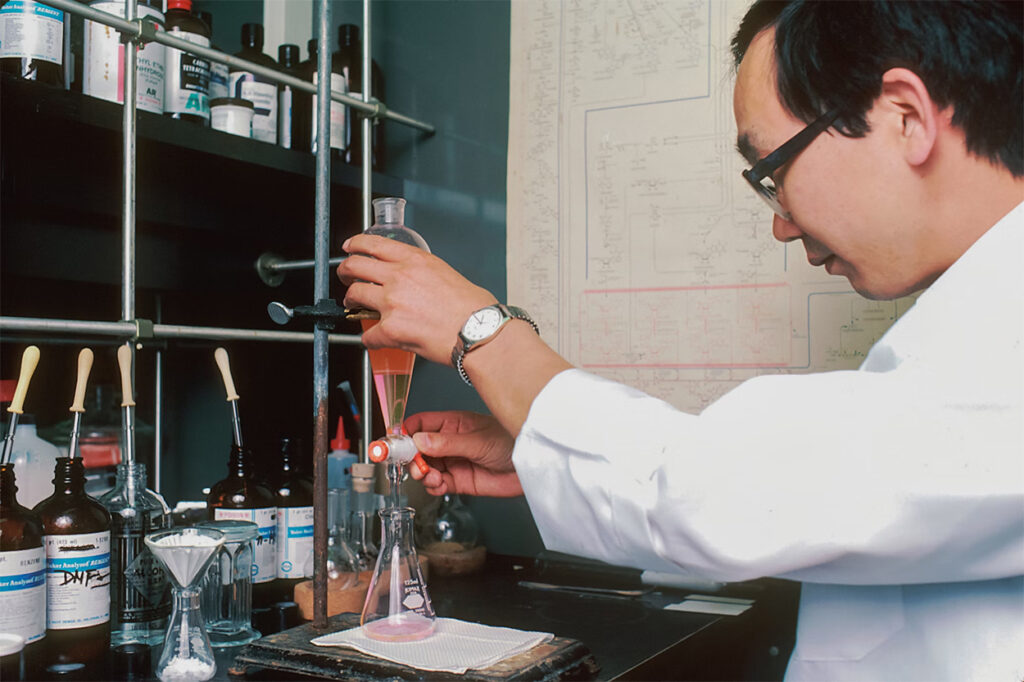The Frontier of Nanotechnology: Exploring the Diverse Applications of Newly Synthesized 2D Materials
In recent advancements at Linköping University in Sweden, researchers have successfully developed new methods that could potentially lead to the synthesis of hundreds of novel two-dimensional (2D) materials. Known for being mere atoms thick, these materials showcase unique characteristics making them highly valuable for various practical applications, such as energy storage and water purification. This breakthrough stems from a reliable theoretical model which has now been experimentally validated, marking a significant extension beyond the traditional family of MXenes.
Innovative Synthesis Techniques
The team at Linköping has introduced an innovative approach to material synthesis, focusing on the exfoliation of 3D parent materials to produce 2D forms. This technique involves identifying suitable precursor materials through large-scale computational analysis, which previously led to the selection of 119 potential materials from a database of over 66,000 candidates. The actual synthesis is performed in a laboratory setting where researchers meticulously exfoliate and etch away specific atomic layers to create the desired 2D materials. For example, the removal of yttrium from YRu2Si2 has successfully resulted in the creation of a new 2D material, Ru2SixOy, showcasing the practical application of their theoretical models.
Technological Applications and Advantages
The realm of applications for these 2D materials is vast and varied due to their extraordinary properties such as high conductivity, mechanical strength, and thermal resistance. These materials are particularly effective in areas requiring high surface area relative to volume, like catalysis and energy storage solutions. The atomic thinness of these materials facilitates a multitude of chemical reactions within compact spaces, thus enhancing efficiency in processes such as fuel generation and energy storage. Furthermore, the potential for environmental applications, like water purification and carbon dioxide capture, underscores the ecological significance of these materials.
Future Directions and Sustainability

The researchers plan to explore a wider area of applications for such novel 2D materials and scale their synthesis processes. To find out how these unique properties can be leveraged for the advancement of sustainable technologies, the idea would be to lay down the foundation. According to Professor Johanna Rosén from the Department of Materials Physics at the University, 2D materials possess tremendous possibilities, if they could change everything around us into something green and new. Studies such as these, which continue, are not just expanding the understanding and usability of these materials but also expand into broader fields of nanotechnology, pushing the boundaries of what is scientifically possible.
These new 2D materials, developed at Linköping University, therefore represent a significant leap within the realm of nanotechnology and promise great implications for a variety of technological applications. This will improve not only the performance of the devices and systems themselves but also give rise to a new stream of innovation for these materials, possessing excellent electrical, thermal, and mechanical properties in sectors of work, for instance, from electronics to environmental science. It also therefore allows a much more flexible and efficient way of these materials to pave way for technologies that are more sustainable and energy-efficient, which is a key importance in the world today, mindful of the environment. As research evolves, these materials are expected to play a pivotal role in shaping the future of sustainable technology and material science, potentially leading to breakthroughs that could transform industries and improve quality of life on a global scale.

